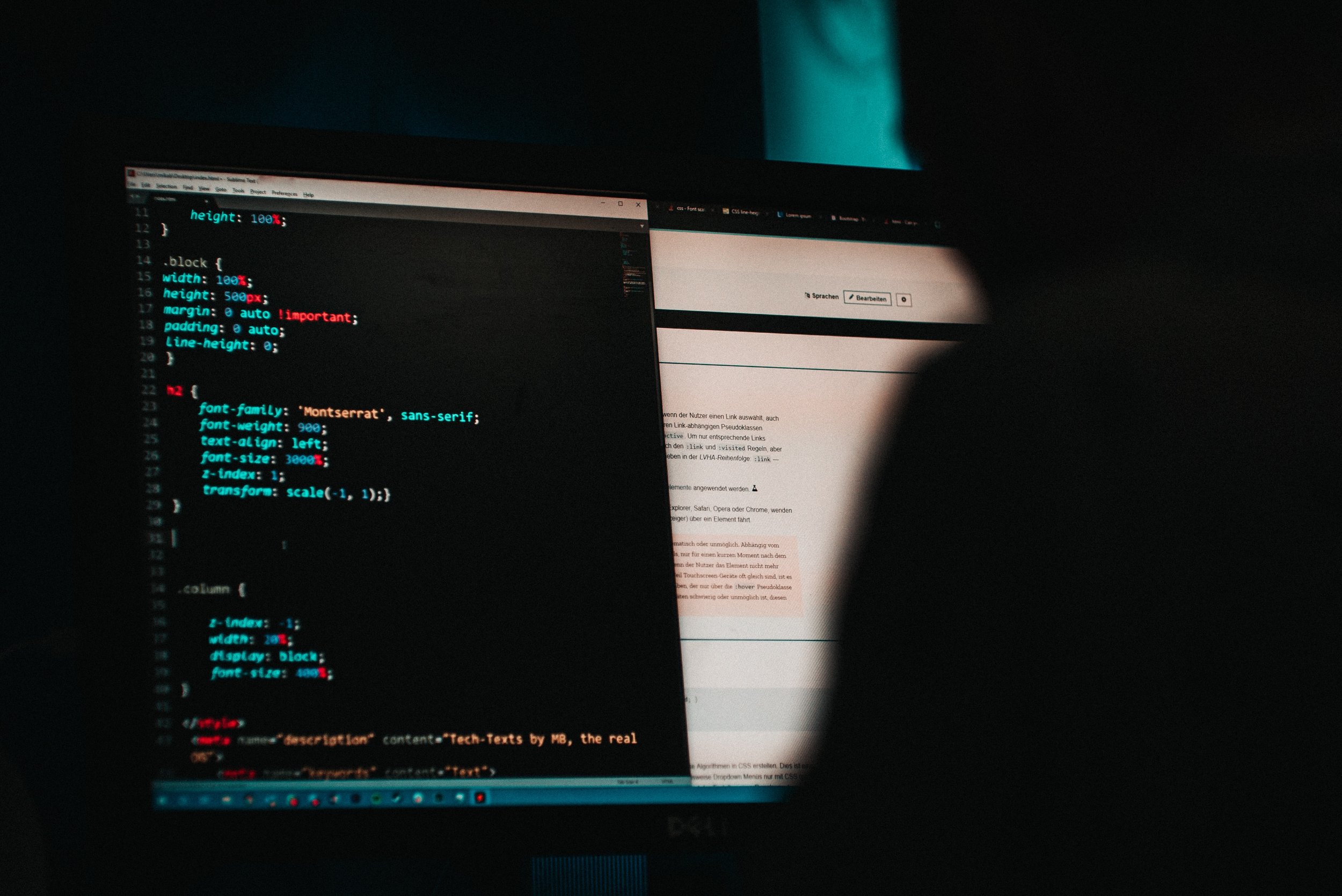The Enemy Within: Understanding and Mitigating Insider Threats
When organizations assess security threats, they often focus on external dangers - hackers, cybercriminals, or state-sponsored actors. Yet, some of the most damaging and costly breaches originate from within. Employees, contractors, and trusted partners already have access to critical systems and sensitive data, making insider threats uniquely difficult to detect and mitigate.
From data leaks and corporate espionage to operational sabotage, insider threats have crippled businesses, triggered multi-million-dollar fines, and forced entire industries to rethink security strategies. As cybersecurity defenses become more advanced, threat actors are adapting - turning to insiders as an alternative means of gaining access to sensitive information and systems. As a result, insider-related incidents now account for a growing share of corporate security breaches.
To combat this escalating risk, organizations must move beyond traditional cybersecurity measures and implement proactive strategies to detect, mitigate, and prevent insider threats before they cause serious damage.
What is an Insider Threat?
An insider threat refers to any individual with legitimate access to an organization’s resources—such as personnel, facilities, information, or systems—who misuses their access to cause harm, either intentionally or unintentionally.
Common types of insiders include:
-
Malicious Insiders – Employees or contractors who intentionally steal, sabotage, or sell sensitive company data for personal gain, revenge, or ideological convictions.
Example: A disgruntled employee selling trade secrets to a competitor.
-
Negligent Insiders – Individuals who accidentally expose the company to risk by mishandling data, misconfiguring security settings, or falling for phishing scams.
Example: An employee leaving confidential documents exposed on an unsecured cloud server.
-
Compromised Insiders – Employees whose credentials or accounts are hijacked by external attackers.
Example: A hacker gaining access to sensitive customer data by exploiting an employee’s weak password.
Depending on an employee’s role, level of access, and expertise, the impact of an insider threat can range from minor disruptions to catastrophic breaches.
Costs and Causes
Measuring the financial impact of insider threats is complex. Many incidents go undetected or unreported, and the consequences extend beyond direct monetary loss to include operational downtime, reputational harm, legal liabilities, and long-term strategic setbacks. According to the 2025 Insider Threat Report by the Ponemon Institute, insider threats have become a rising financial burden for businesses, with the total average annual cost of insider security incidents increasing from $11.6 million in 2019 to $17.4 million in 2024—a 50% increase over five years (page 8). Some of the highest-cost cases involved intellectual property theft, fraud, and the leaking of sensitive customer data.
The 2024 Insider Threat Report by Gurucul found that 76% of organizations attribute the rise in insider threats to increasing IT and business complexity, making it harder to track, monitor, and control sensitive data access. As organizations embrace hybrid work models, cloud-based infrastructures, and third-party collaborations, insider risk management must evolve to address both intentional and unintentional security breaches.
How Companies Can Defend Against Insider Threats
Insider threats are a human challenge, requiring human-centric security strategies. Traditional cybersecurity measures alone - such as firewalls and perimeter defenses - are not enough. In fact, strengthening cyber defenses can inadvertently push threat actors to seek alternative entry points - making insiders an increasingly attractive target. As such, organizations must implement dedicated insider risk controls that focus on human behavior, access control, and proactive detection.
Here are some key recommendations for reducing insider risk:
-
Employee Screening & Behavioral Monitoring
Most insider threats exhibit warning signs before a breach occurs. A comprehensive, lifecycle approach - from pre-employment screening to secure offboarding - is crucial for reducing risk.
-
Conduct thorough pre-employment screening and vulnerability conversations, monitor behavioral risk during employment, and ensure a secure exit process.
-
Conduct continuous background checks, especially in high-risk roles.
-
Use AI-powered anomaly detection to flag suspicious behavior (e.g., large file transfers, unauthorized logins).
-
-
Risk-Based Access Controls
Insider threats often stem from excessive access rights. Granting employees broad access to sensitive data increases the risk of intentional misuse or accidental exposure.
-
Implement Principle of Least Privilege (PoLP)—limit access to only what employees need.
-
Use Zero Trust Architecture—verify all access requests, even from internal users.
-
Regularly review and revoke unnecessary access rights.
-
-
Data Protection
Even trusted employees can mishandle sensitive information.
-
Encrypt sensitive data and track access logs for suspicious movements.
-
Enforce multi-factor authentication (MFA) to prevent credential misuse.
-
-
Security Culture
Organizations should foster a culture where employees feel safe reporting insider threats without fear of retaliation.
-
Employees should have a confidential and secure way to report suspicious behavior.
-
Conduct regular awareness training to help employees recognize insider threat indicators.
-
Reward security awareness.
-
Want to strengthen your insider threat defense? Learn more about OpenHorizon’s security solutions and how we can help your organization stay ahead of emerging threats.


